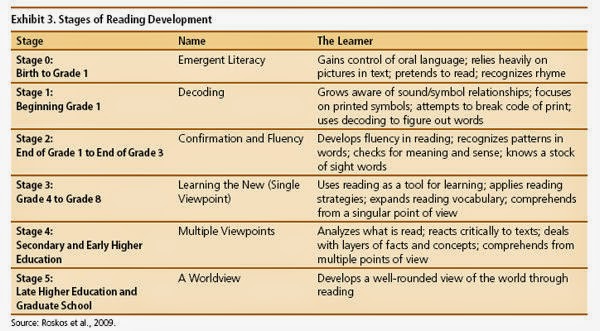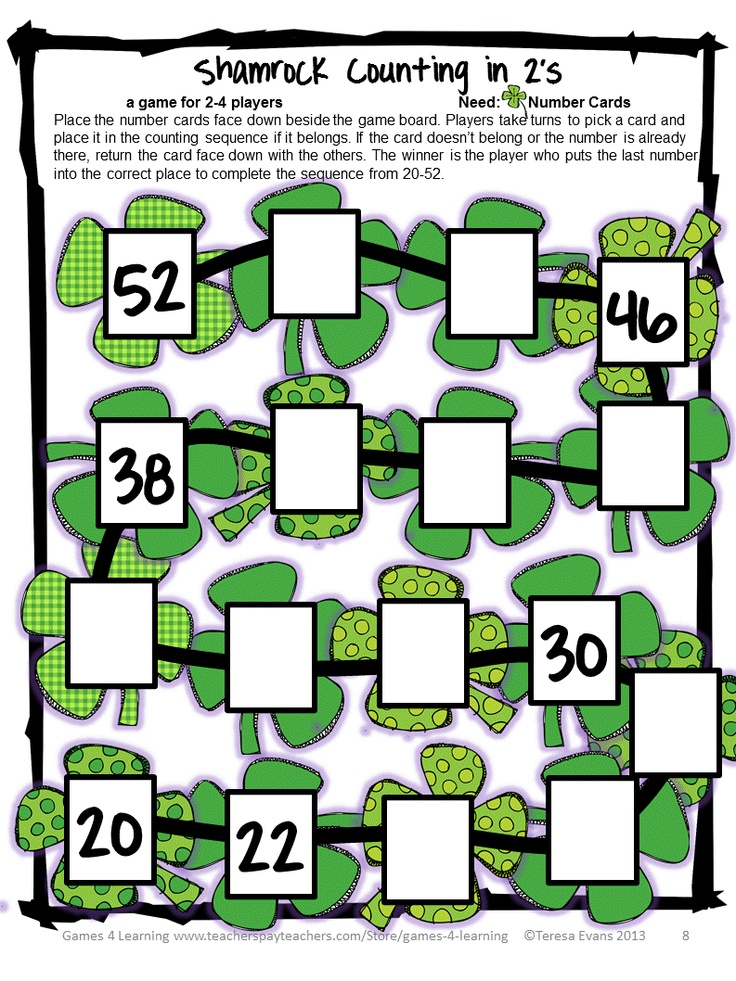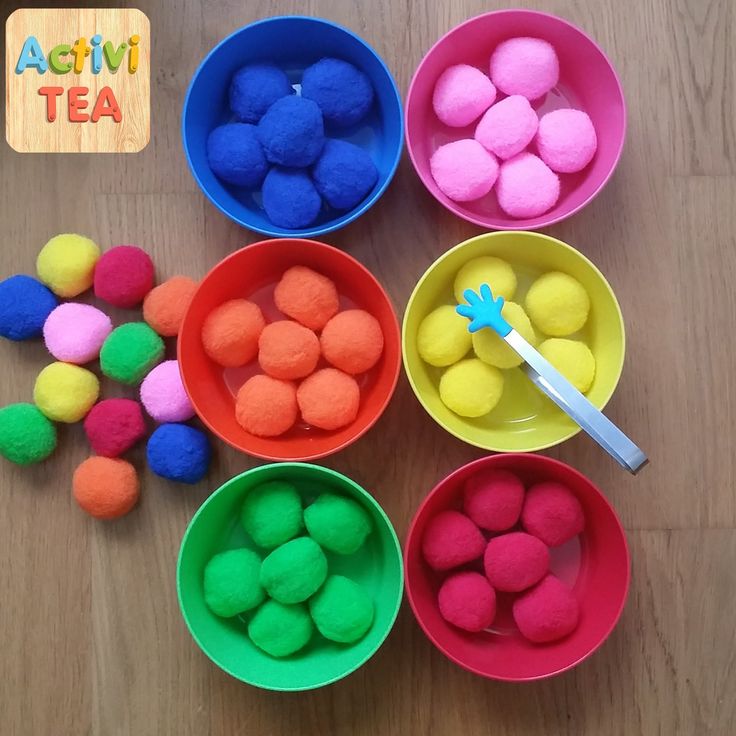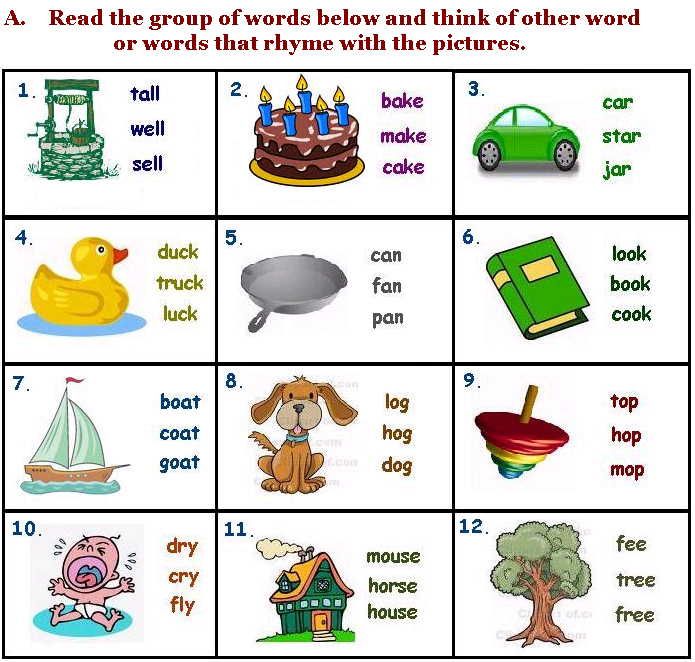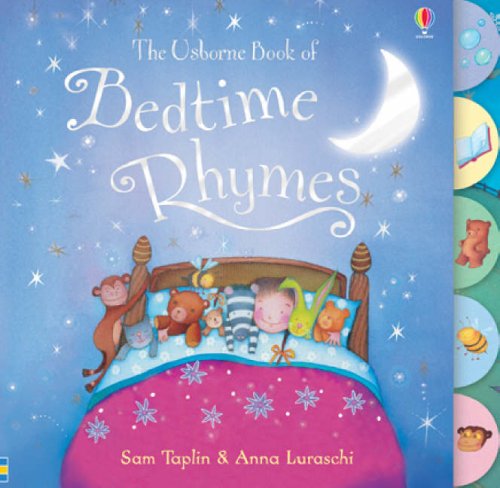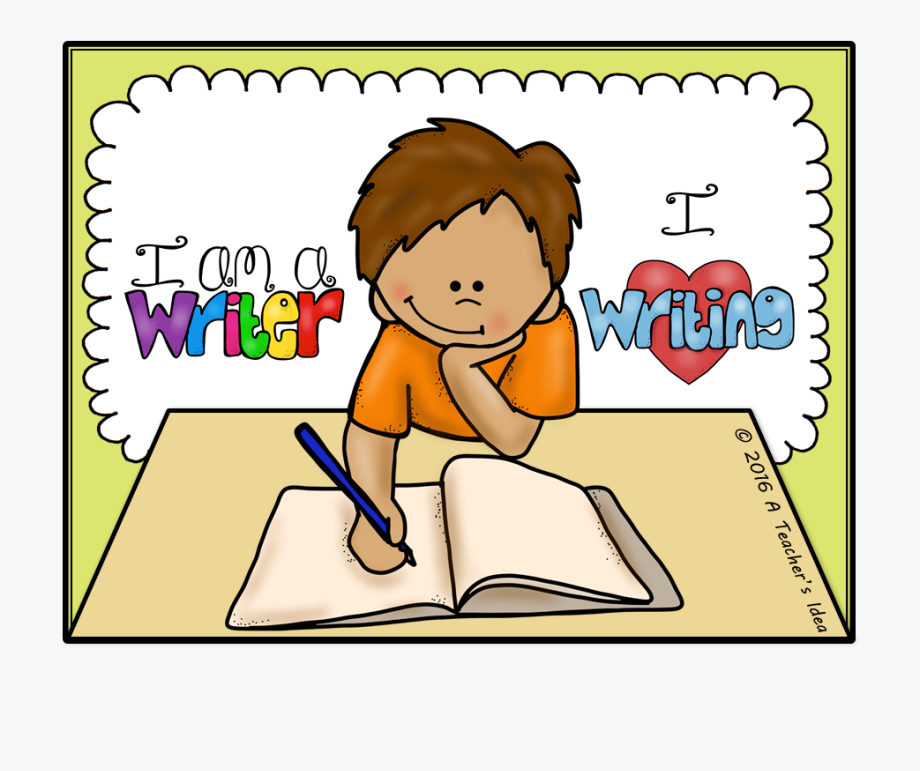Three year old kids
Development Milestones for Your 3-Year-Old Child
To help understand your 3-year-old‘s development, doctors use certain milestones to tell if your child is developing as expected. There is a wide range of what is considered normal, so some children gain skills earlier or later than others. Toddlers who were born prematurely may reach milestones later. Always talk with your doctor about your child’s progress.
Children at this age love to play games of make-believe. However, their imaginations can sometimes run away with them and even spook them. Listen to your child’s fears and be there to comfort and reassure him or her when needed. There are many other 3-year-old developmental areas and milestones that will be reviewed in this article.
How Much Will My 3-Year-Old Child Grow?
In 3-year-olds, growth is still slow compared to the first year. Most children have become slimmer and lost the rounded tummy of a toddler. While all children may grow at a different rate, the following indicate the average for 3-year-old boys and girls:
- Weight: average gain of about 4 to 6 pounds per year
- Height: average growth of about 2 to 3 inches per year
After age 2, children of the same age can noticeably vary in height and weight. Although kids come in all shapes and sizes, a healthy toddler should continue to grow at a regular pace. The doctor will measure and weigh your child at routine checkups and plot the results on a growth chart. This lets the doctor track your child’s growth over time and spot any trends that need attention. As long as your child is maintaining his or her own rate of growth, there should be no reason to worry. A consultation with your child’s pediatrician is recommended if there is cause for concern.
Helping Kids Grow
Normal growth — supported by good nutrition, plenty of sleep and regular exercise — is one of the best overall indicators of a child’s good health.
Your toddler’s appetite may vary greatly now, which is common. It is also common for some toddlers to get stuck on one food. Food “jags” usually don’t last long if you don’t give in to them. Keep serving a variety of nutritious foods and let your child decide which and how much of them to eat, in order to build healthy eating habits.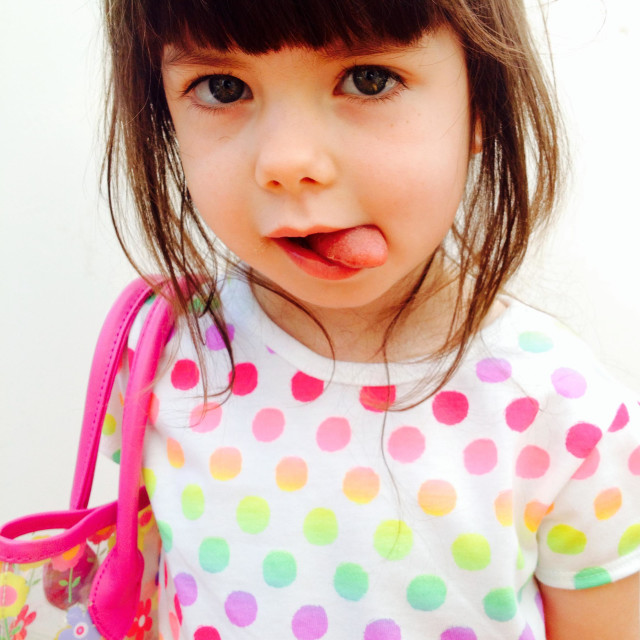
Your child’s growth pattern is largely determined by genetics. Pushing children to eat extra food or more than the recommended amounts of vitamins, minerals or other nutrients will not increase their weight. Malnutrition, severe enough to affect growth rate, is uncommon today in the United States and other developed countries unless a child also has a related chronic illness or disorder.
What Can My 3-Year-Old Child Do at This Age?
As your child continues to grow, you will notice new and exciting abilities that develop. While children may progress at different rates, the following are some of the common milestones your child may reach in this age group:
- Runs and jumps easily
- Walks upstairs unassisted
- Rides a tricycle
- Washes and dries hands
- Stacks 10 blocks
- Easily draws straight lines and copies a circle
- Can stand on tip-toes
- Uses spoon well and feeds self
- Dresses and undresses self except for buttons and laces
- Can concentrate on tasks for eight or nine minutes
- Has all 20 primary (“baby”) teeth
- Vision is nearing 20/20
- Bladder and bowel control are usually established; uses potty chair or toilet
- May sleep 11 to 13 hours total, may still take a short afternoon nap
What Can My 3-Year-Old Child Say?
Speech development is very exciting as you watch your child begin to speak clearly and interact with others.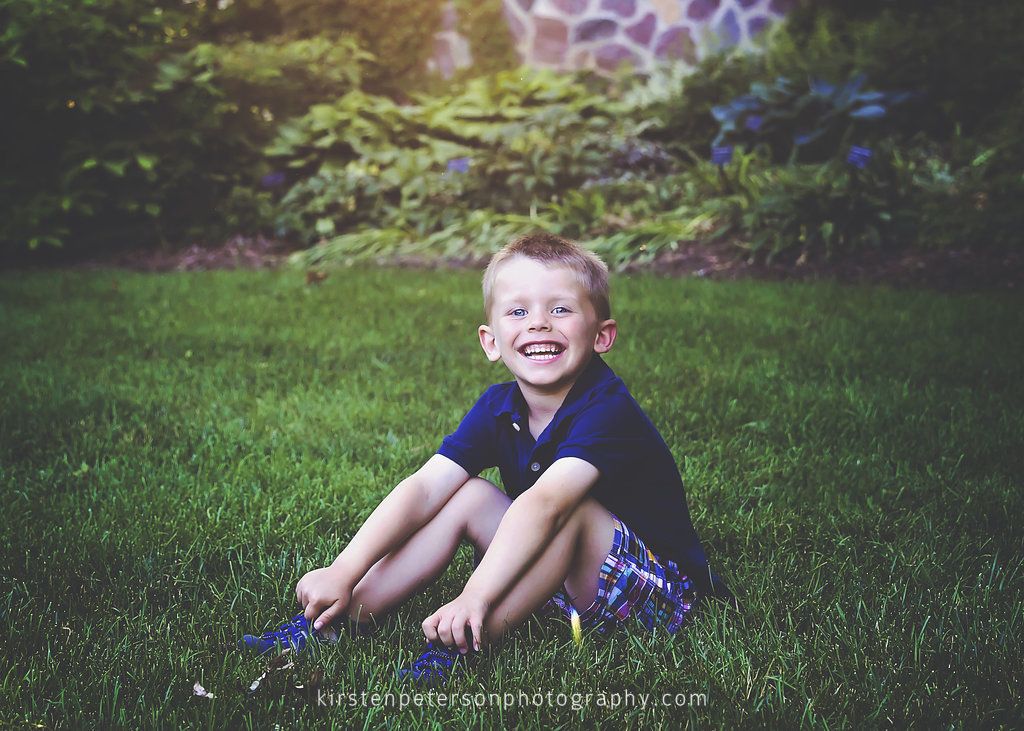 While every child develops speech at his or her own rate, the following are some of the common milestones in this age group:
While every child develops speech at his or her own rate, the following are some of the common milestones in this age group:
- Should be able to say about 500 to 900 words between ages 3 to 4 years old
- Speech can be understood by others
- Speaks in two or three word sentences and progresses to four- to five-word sentences
- Can remember simple rhymes or lyrics
- Uses “please” and “thank you”
- Refers to self by using own name
- Names colors
What Does My 3-Year-Old Child Understand?
While children may progress at different rates, the following are some of the common milestones your child may reach in this age group:
- Understands size differences (such as, big and little)
- Understands past tense (yesterday)
- Understands long sentences
- Understands prepositions (on, under, behind)
- Uses pronouns correctly (such as, I, you, he and me)
- Asks “why” constantly
- Counts up to four objects by 4 years old
- Says full name and age
- May have fears of certain things (for example, dark, monster under bed and going down the drain)
- Attempts to solve problems
- Remembers certain events
- Can point to the correct picture when asked a simple question about it
How Does My 3-Year-Old Child Interact With Others?
While every child is unique and will develop different personalities, the following are some of the common behavioral traits that may be present in your child:
- Begins to share and likes to play with other children
- Can take turns
- Temper tantrums are less frequent
- Begins to show feelings in socially acceptable ways
Physical Activities for 3-Year-Olds
At this age, your child is extremely active, mobile and learning in very physical ways.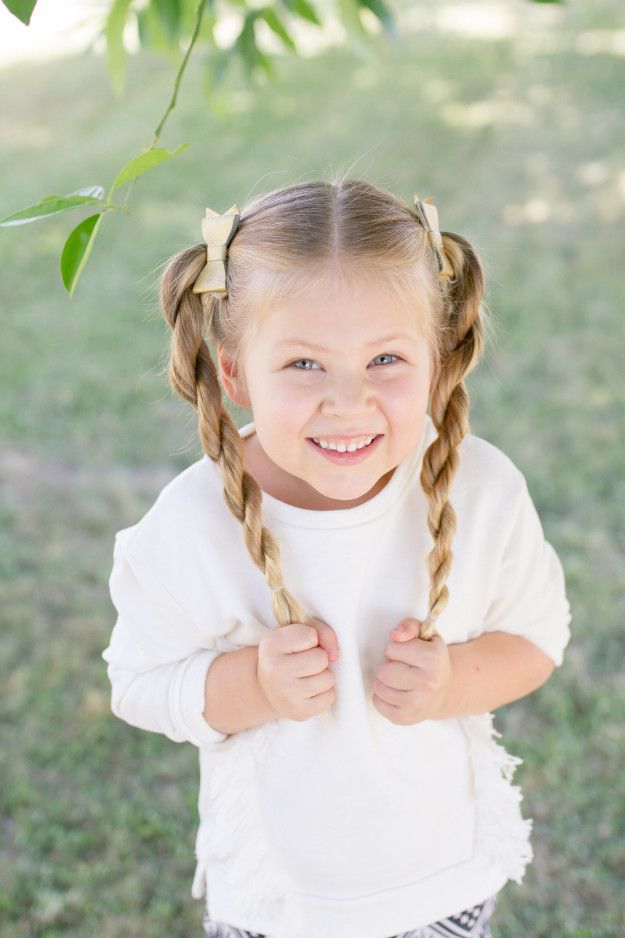 Children at this age are walking, running, kicking and throwing. They are exploring their world and picking up new skills, like kicking a ball or riding a tricycle.
Children at this age are walking, running, kicking and throwing. They are exploring their world and picking up new skills, like kicking a ball or riding a tricycle.
3-year-olds are naturally active, so be sure to provide ample chances for your child to practice and build on these skills. How much is enough? Physical activity guidelines for toddlers recommend that each day they:
- Get at least 30 minutes of structured (adult-led) physical activity.
- Get at least 60 minutes of unstructured (active free play) physical activity.
- Not be inactive for more than 1 hour at a time except when sleeping.
Family Fitness Tips
Walking, playing, exploring your backyard or using playground equipment at a local park can be fun for the entire family. Also, these games provide fun and fitness for parents and toddlers:
- Walk like a penguin, hop like a frog or imitate other animals’ movements.
- Sit facing each other and hold hands.
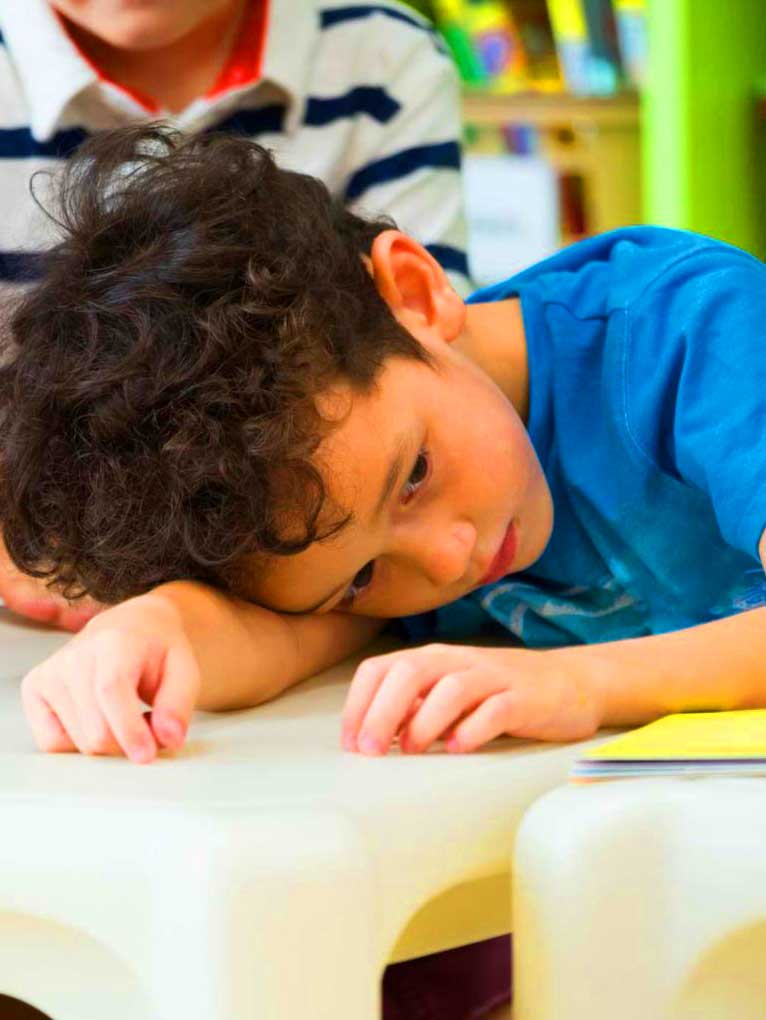 Rock back and forth and sing the song “Row, row, row your boat.”
Rock back and forth and sing the song “Row, row, row your boat.” - Bend at the waist and touch the ground. Walk your hands forward and inch along like a caterpillar.
- Sit on the ground and let your child step over your legs, or make a bridge with your body and let your child crawl under.
- Play follow the leader, “Ring around the rosy,” and other similar games.
- Listen to music and dance together.
The possibilities are endless — come up with your own active ideas or follow your child’s lead. Focusing on these activities can also help limit the amount of time your child spends watching TV or playing on a computer, tablet or smartphone.
How Long Should My 3-Year-Old Sleep?
A 3-year-old needs about 11-13 hours of sleep total. They may still take a short nap throughout the day, but a child can outgrow naptimes at this age. They do not need exact sleep times, but it is important to help children develop good, consistent habits for going to sleep.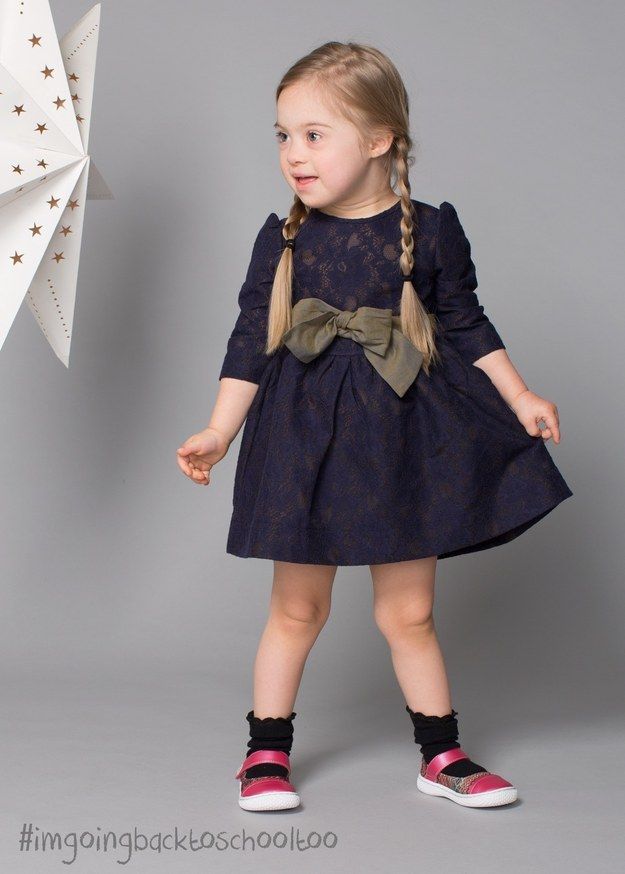 A bedtime routine is a great way to help your 3-year-old get enough sleep. Here are some tips when creating a routine:
A bedtime routine is a great way to help your 3-year-old get enough sleep. Here are some tips when creating a routine:
- Avoid caffeine or sugar before bed
- Limit food and drink before bedtime
- Include a winding-down period during the half hour before bedtime
Check out our Healthy Sleep for Children for more info.
How Can I Help Increase My 3-Year-Old Child’s Learning And Emotional Security?
Consider the following as ways to foster the emotional security of your 3-year-old:
- Spend time allowing your child to talk with you
- Teach your child how things work
- Encourage play with other children
- Encourage your child to tell you stories
- Listen to your child and show that you are pleased by your child’s talking
- Let your child do as much as possible for himself or herself when getting dressed, brushing teeth, and combing hair
- Have your child help with simple chores such as picking up toys
- Give your child old clothes for “dress up” and allow him or her to pretend being a mom, dad, doctor, cowboy and the like (old sheets or towels can become skirts, capes or turbans.
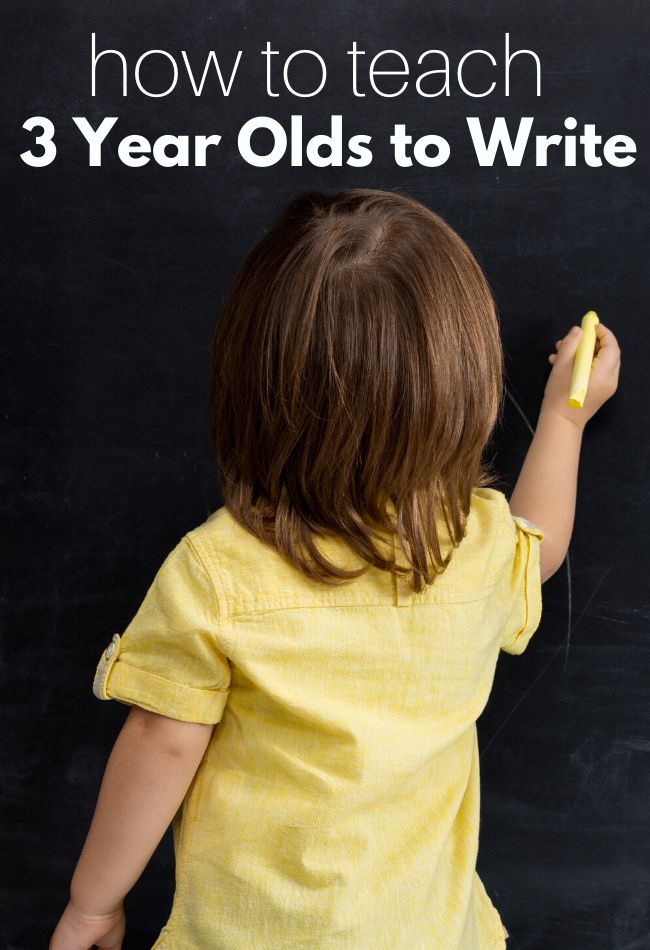 You can also pretend you are an elephant, butterfly, robot or other characters and play with your child)
You can also pretend you are an elephant, butterfly, robot or other characters and play with your child) - Sing songs or nursery rhymes and teach your child the words
- Read stories with your child and ask your child to name pictures in the stories or retell part of the story
- Help your child play with crayon and paper or chalk and chalkboard by showing how to draw circles and lines and then put them together to make a stick figure (make figure faces that are happy, sad or surprised, and talk about the different feeling shown in each picture)
- Let your child build things out of blocks or boxes
- Give your child a safe space to ride a tricycle
- Listen to children’s music with your child and dance
- Practice counting with your child
- Give your child the chance to play games with other children (church groups, YWCA or YMCA recreation centers, or libraries often have preschool programs)
- Put puzzles together with your child
- Let your child have pretend playtime with dolls, cars or toy cooking utensils
- Play hide and seek and follow the leader
- Let your child use his or her imagination by playing with play dough or clay
- Trace your child’s hand or whole body and make a picture
- Show your child you are proud of any artwork and hang it up for display
- Teach your child colors
- Play ball with your child (such as tossing a ball into a box or rolling the ball up and down an incline)
Reviewed by Dr. Toya Tillis, Pomona Pediatrics, CHOC Primary Care – June 2021
Toya Tillis, Pomona Pediatrics, CHOC Primary Care – June 2021
Toddlers (2-3 years old) | CDC
Developmental Milestones
Skills such as taking turns, playing make believe, and kicking a ball, are called developmental milestones. Developmental milestones are things most children can do by a certain age. Children reach milestones in how they play, learn, speak, behave, and move (like jumping, running, or balancing).
Because of children’s growing desire to be independent, this stage is often called the “terrible twos.” However, this can be an exciting time for parents and toddlers. Toddlers will experience huge thinking, learning, social, and emotional changes that will help them to explore their new world, and make sense of it. During this stage, toddlers should be able to follow two- or three-step directions, sort objects by shape and color, imitate the actions of adults and playmates, and express a wide range of emotions.
Positive Parenting Tips
Following are some of the things you, as a parent, can do to help your toddler during this time:
- Set up a special time to read books with your toddler.
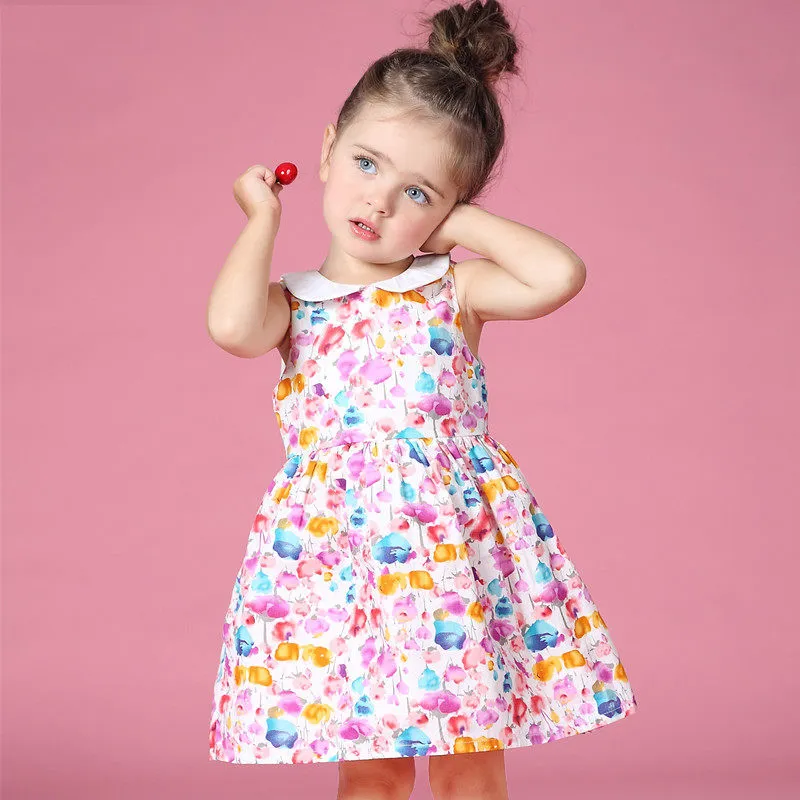
- Encourage your child to take part in pretend play.
- Play parade or follow the leader with your toddler.
- Help your child to explore things around her by taking her on a walk or wagon ride.
- Encourage your child to tell you his name and age.
- Teach your child simple songs like Itsy Bitsy Spider, or other cultural childhood rhymes.
- Give your child attention and praise when she follows instructions and shows positive behavior and limit attention for defiant behavior like tantrums. Teach your child acceptable ways to show that she’s upset.
Toddlers (2-3 years of age) pdf icon[PDF – 784K]
Child Safety First
Because your child is moving around more, he will come across more dangers as well. Dangerous situations can happen quickly, so keep a close eye on your child. Here are a few tips to help keep your growing toddler safe:
- Do NOT leave your toddler near or around water (for example, bathtubs, pools, ponds, lakes, whirlpools, or the ocean) without someone watching her.
 Fence off backyard pools. Drowning is the leading cause of injury and death among this age group.
Fence off backyard pools. Drowning is the leading cause of injury and death among this age group. - Encourage your toddler to sit when eating and to chew his food thoroughly to prevent choking.
- Check toys often for loose or broken parts.
- Encourage your toddler not to put pencils or crayons in her mouth when coloring or drawing.
- Do NOT hold hot drinks while your child is sitting on your lap. Sudden movements can cause a spill and might result in your child’s being burned.
- Make sure that your child sits in the back seat and is buckled up properly in a car seat with a harness.
Healthy Bodies
- Talk with staff at your child care provider to see if they serve healthier foods and drinks, and if they limit television and other screen time.
- Your toddler might change what food she likes from day to day. It’s normal behavior, and it’s best not to make an issue of it. Encourage her to try new foods by offering her small bites to taste.
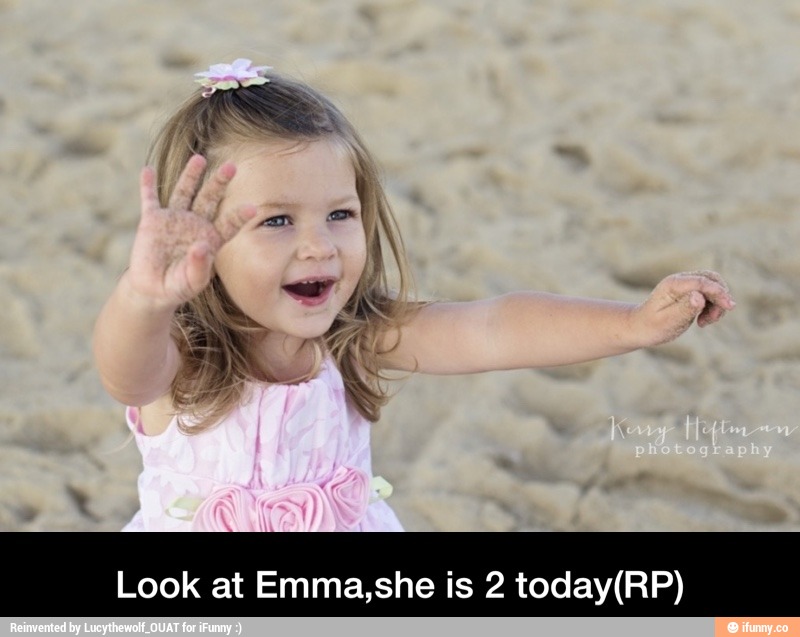
- Keep television sets out of your child’s bedroom. Set limits for screen time for your child to no more than 1 hour per day of quality programming, at home, school, or afterschool care and develop a media use plan for your family.external icon
- Encourage free play as much as possible. It helps your toddler stay active and strong and helps him develop motor skills.
- Make sure your child gets the recommended amount of sleep each night: For toddlers 1-2 years, 11–14 hours per 24 hours (including naps)
For More Information
- Infants and toddlers
- Preschool
- Middle childhood
- Adolescence
CDC’s “Learn the Signs. Act Early.” Campaign
For more details on developmental milestones, warning signs of possible developmental delays, and information on how to help your child’s development, visit the “Learn the Signs. Act Early.” campaign website.
CDC’s Parent Information (Children 0―3 years)
This site has information to help you learn how to give your child a healthy start in life.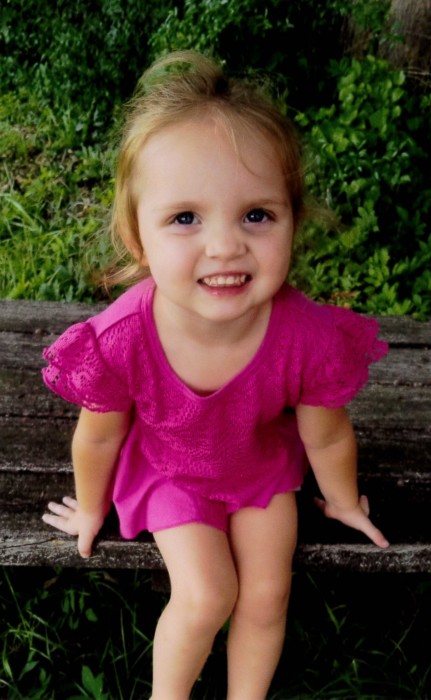
CDC’s Essentials for Parenting Toddlers and Preschoolers
Learn ways you can help build a safe, stable, and nurturing relationship with your child.
CDC’s Breastfeeding Information
This site has answers to frequently asked questions about breastfeeding.
CDC’s Information on Infant and Toddler Nutrition
Tips for Parents – Ideas to help children maintain a healthy weight.
CDC’s Protect the Ones You Love
CDC’s Injury Center has information on how you can protect your child from drowning and other common causes of injury.
CDC’s Information on Vaccinations
View the immunization schedule for infants and children and find out if your child’s vaccinations are up to date.
My Plate – Infantsexternal icon
The U.S. Department of Agriculture provides information on health and nutrition for 2 through 5 years of age.
My Plate – Toddlersexternal icon
The U.S. Department of Agriculture provides information on health and nutrition for toddlers
HealthyChildren.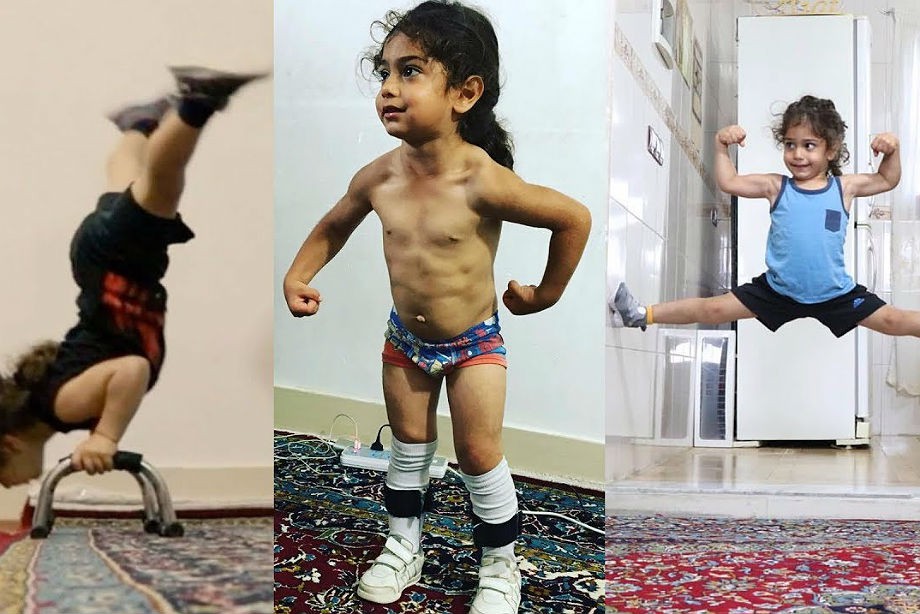 orgexternal icon
orgexternal icon
AAP’s Healthy Children website provides information on feeding, nutrition, and fitness for all developmental stages from infancy to young adulthood.
Just in Time Parentingexternal icon (JITP)
Quality, research-based information to families at the time it can be most useful.
Healthy Kids Healthy Futureexternal icon
You will find information on physical activity for young children and on ways to keep them moving.
National Highway Traffic Safety Administrationexternal icon (NHTSA)
NHTSA has information on safety recalls and safety tips for children riding in motor vehicles, walking, biking, playing outside, waiting at school bus stops, and more.
National Institute of Child Health and Human Development.external icon (NICHD)
Visit NICHD to learn how to reduce the risk of Sudden Infant Death Syndrome (SIDS) and about safe sleep environments.
World Health Organization information on infant nutritionexternal icon
This site has information to promote proper feeding for infants and young children.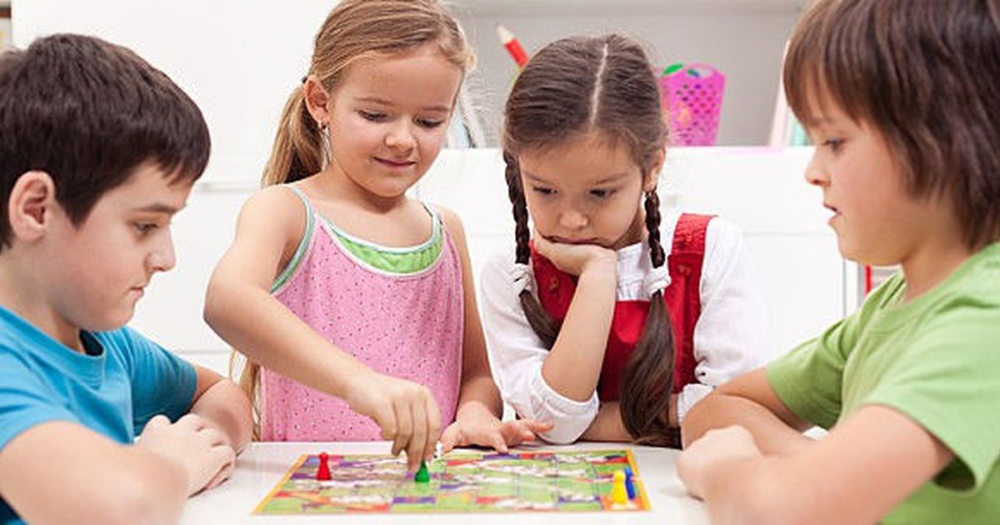
CDC’s “Learn the Signs. Act Early.” Campaign
For more details on developmental milestones, warning signs of possible developmental delays, and information on how to help your child’s development, visit the “Learn the Signs. Act Early.” campaign website.
CDC’s Parent Information (Children 4−11 years)
This site has information to help you guide your child in leading a healthier life.
CDC’s Essentials for Parenting Toddlers and Preschoolers
Learn ways you can help build a safe, stable, and nurturing relationship with your child.
CDC’s Healthy Weight Information.
Tips for parents – Ideas to help children maintain a healthy weight.
CDC’s Youth Physical Activity Guidelines
This site has information on how to help children be active and play.
My Plate- Preschoolersexternal icon
The U.S. Department of Agriculture provides information on health and nutrition for preschoolers.
HealthyChildren.orgexternal icon
AAP’s Healthy Children website provides information on feeding, nutrition, and fitness for all developmental stages from infancy to young adulthood.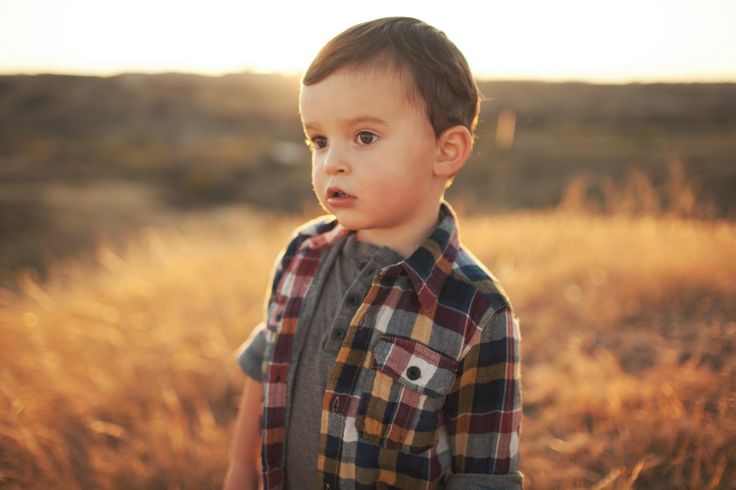
Just in Time Parentingexternal icon (JITP)
Quality, research-based information to families at the time it can be most useful.
Healthy Kids Healthy Futureexternal icon
You will find information on physical activity for young children and on ways to keep them moving.
National Highway Traffic Safety Administrationexternal icon (NHTSA)
NHTSA has information on safety recalls and safety tips for children riding in motor vehicles, walking, biking, playing outside, waiting at school bus stops, and more.
CDC’s Parent Information (Children 4 — 11 years)
This site has information to help you guide your child in leading a healthier life.
CDC’s Healthy Weight Information.
Tips for parents – Ideas to help children maintain a healthy weight.
CDC’s Youth Physical Activity Basics
This site has information on how to help children be active and play.
CDC’s Kids Quest
Kids Quest is a CDC website designed for students in fourth, fifth, and sixth grades, to get them to think about people with disabilities and some of the issues related to daily activities, health, and accessibility.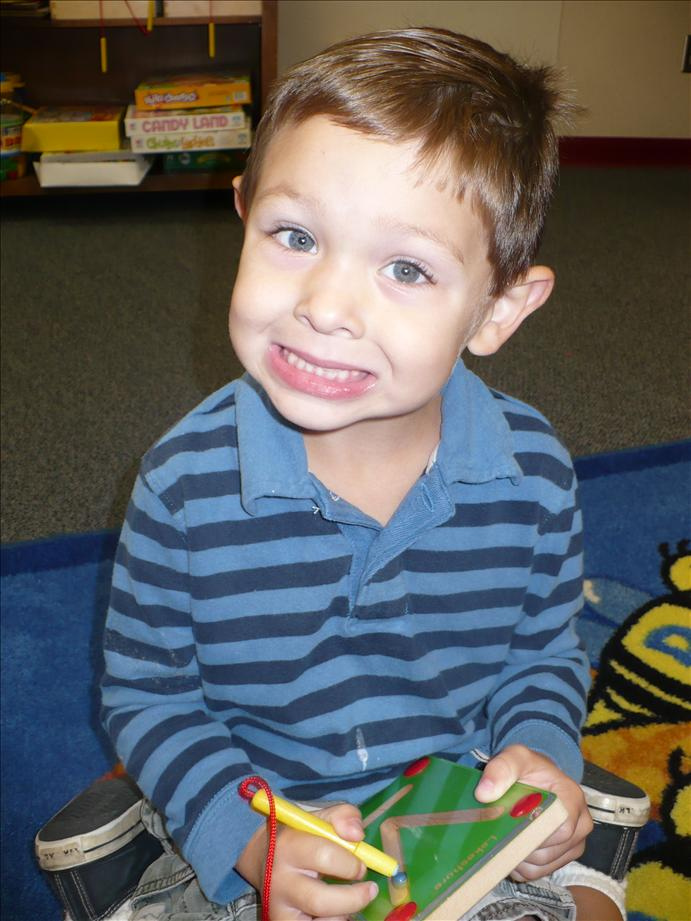
CDC’s BAM! Body and Mind
CDC’s BAM! Body and Mind is a website designed for kids 9 through 13 years of age to give them the information they need to make healthy lifestyle choices. The site focuses on topics that kids told us are important to them—such as stress and physical fitness—using kid-friendly lingo, games, quizzes, and other interactive features.
My Plate – Kidsexternal icon.
The U.S. Department of Agriculture provides information on health and nutrition for children over 5 years of age.
HealthyChildren.orgexternal icon
AAP’s Healthy Children website provides information on feeding, nutrition, and fitness for all developmental stages from infancy to young adulthood. Visit this website to learn more about emotional problemsexternal icon, learning disabilitiesexternal icon and other health and development concerns.
Just in Time Parentingexternal icon (JITP)
Quality, research-based information to families at the time it can be most useful.
Let’s Move-Kidsexternal icon
Five simple steps for parents towards creating a healthy environment at home.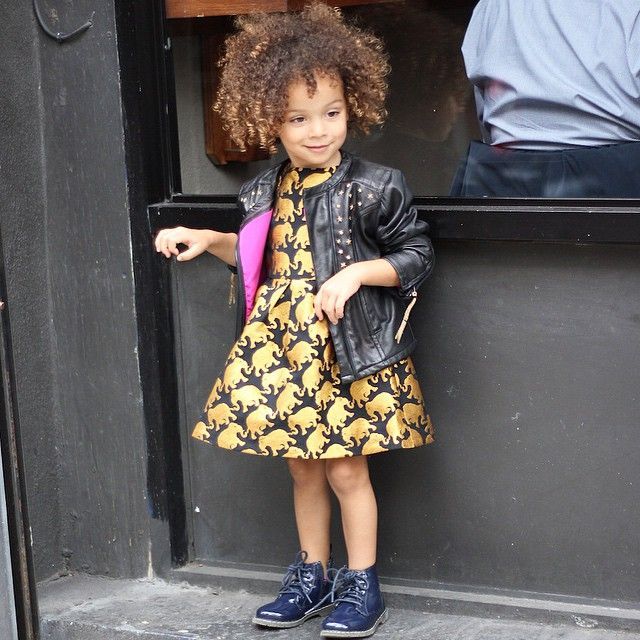
National Highway Traffic Safety Administrationexternal icon (NHTSA)
NHTSA has information on safety recalls and safety tips for children riding in motor vehicles, walking, biking, playing outside, waiting at school bus stops, and more.
StopBullying.govexternal icon
StopBullying.gov provides information from various government agencies on how children, parents, educators and others in the community can prevent or stop bullying.
SAMHSA’s KnowBullying appexternal icon
A free app for parents to help prevent bullying, created by the Substance Abuse and Mental Health Agency (SAMHSA).
Teens Healthexternal icon
Visit this site for information on healthy eating and exerciseexternal icon for children and teenagers, safety tips for your child at homeexternal icon when you can’t be there, and other important health and safety topics.
CDC’s Adolescent and School Mental Health
Learn how connection is key to good adolescent mental health.
CDC’s Parent Information (Teens 12— 19)
This site has information to help you learn how to guide your teen to be safe and become a healthy and productive adult.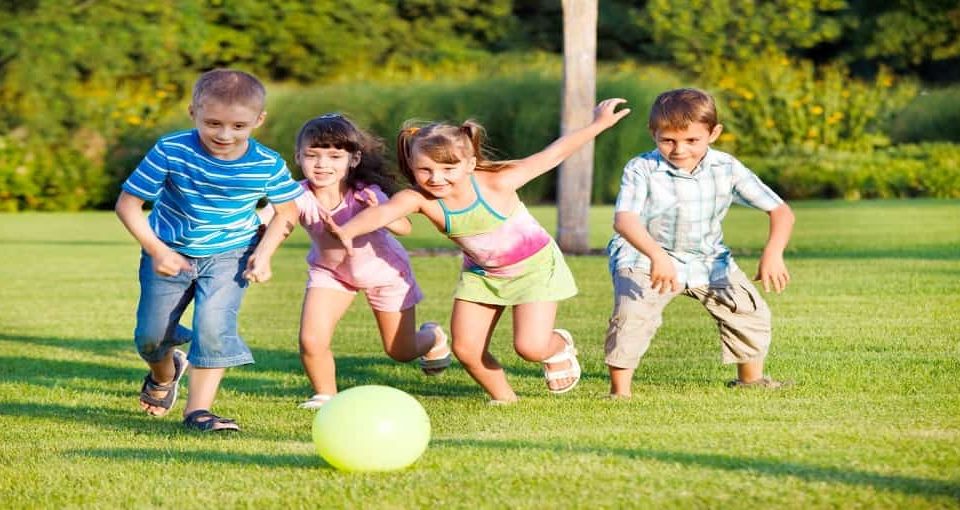
CDC’s Healthy Weight Information.
Tips for parents – Ideas to help children maintain a healthy weight.
CDC’s Youth Physical Activity Guidelines
This site has information on how to help children be active and play.
CDC’s Pregnancy Prevention for Teens.
Tips and information especially for teens and designed with input from teens.
CDC’s BAM! Body and Mind
CDC’s BAM! Body and Mind is a website designed for kids 9 through 13 years of age, to give them the information they need to make healthy lifestyle choices. The site focuses on topics that kids told us are important to them—such as stress and physical fitness—using kid-friendly lingo, games, quizzes, and other interactive features.
CDC’s Information on Lesbian, Gay, Bisexual, and Transgender Youth Health
Learn about the physical and mental health of lesbian, gay, bisexual, and transgender youth
American Academy of Child & Adolescent Psychiatryexternal icon
The American Academy of Child & Adolescent Psychiatry has many fact sheets for parents on child and adolescent health and development.
My Plate – Teenexternal icon
The U.S. Department of Agriculture provides information on health and nutrition for teens.
HealthyChildren.orgexternal icon
AAP’s Healthy Children website provides information on feeding, nutrition, and fitness for all developmental stages from infancy to young adulthood.
Just in Time Parentingexternal icon (JITP)
Quality, research-based information to families at the time it can be most useful.
National Highway Traffic Safety Administrationexternal icon (NHTSA)
NHTSA has information on safety recalls and safety tips for children riding in motor vehicles, walking, biking, playing outside, waiting at school bus stops, and more.
National Institute of Mental Healthexternal icon
The National Institute of Mental Health has information on mental disorders affecting children and adolescents, including anxiety and depression.
StopBullying.govexternal icon
StopBullying.gov provides information from various government agencies on how children, parents, educators, and others in the community can prevent or stop bullying.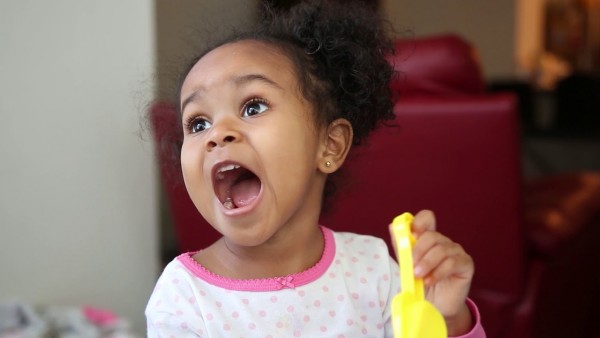
SAMHSA’s KnowBullying appexternal icon
A free app for parents to help prevent bullying, created by the Substance Abuse and Mental Health Agency (SAMHSA).
Substance Abuse and Mental Health Services Administration (SAMHSA)external icon
SAMHSA works to improve the quality and availability of substance abuse prevention, alcohol and drug addiction treatment, and mental health services.
Teens Healthexternal icon
Visit this site for information on healthy eating and exercise for children and teenagers.
"Three-year-olds, what are they like?" | Consultation (younger group):
Municipal preschool educational institution
"combined kindergarten No. 117".
Consultation for parents
“Three-year-olds. What are they?
for the second junior group.
Educator of the first category:
Rylova Olga Viktorovna
Memo on the topic:
Age characteristics of children 3-4 years old
Three years is an ego age that can be considered as a certain milestone in the development of a child from the moment of his birth. The crisis of three years completes the period of "merging" with the mother, the baby is becoming more and more aware of his own "separation".
The crisis of three years completes the period of "merging" with the mother, the baby is becoming more and more aware of his own "separation".
At this age, your child:
A "counter-will" is being formed, which is expressed in the desire to do things one's own way. It is absolutely necessary for the child to have a successful separation. He has to realize himself as an independent person. The child, separating from adults, tries to establish new, deeper relationships with them.
Manifestations of self-awareness as a separate person will be expressed in his need to reject the needs to reject the needs to reject beyond his strength. The child gives a negative reaction not to the action itself, which he refuses to perform, but to the demand or request of an adult. At the same time, a child can obey one parent and contradict the other in everything.
There is an urgent need to communicate not only with the mother and family members, but also with peers. The child learns the rules of interaction through the feedback of both adults and children on his actions.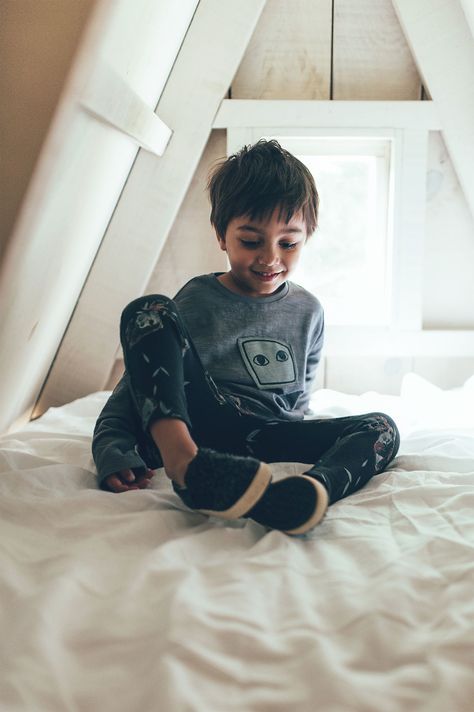
It is important for you as his parents:
Treat manifestations of the child's "opposition" with patience and understanding. Remember that the will of the child suppressed at this age can subsequently lead to passivity, apathy, dependence and infantilism. You should allow the child to insist on his own (if it is not harmful to his life and health), even when it seems ridiculous or unnecessary to you. Remember that the so-called stubbornness is the reaction of a child who insists on something not because he really wants it, but because it is important for him that his opinion is taken into account.
Discuss with the child situations of conflict in kindergarten or on the playground. Teach him to respect his own and others' personal boundaries. To do this, it is important to be an example for him - that is, respect him and your family members.
Handle the child's feelings with care. Empathize with his grief, understand anger, share joy with him, feel his fatigue. It is important not to suppress his emotions, but to teach him how to deal with his own emotional reactions correctly.
It is important not to suppress his emotions, but to teach him how to deal with his own emotional reactions correctly.
Be aware that his speech patterns and vocabulary will be formed in him mainly from the speech that he hears in the family. This will expand the child's vocabulary, help in the development of his imaginative thinking, create emotional closeness and warmth in your relationship. Talk to your child more, discuss the events of the day with him, ask him about what happened to him, and also patiently answer his questions.
How to protect your child's interests
Even in kindergarten life, there are many reasons to protect the interests of the child. The most common situation is the conduct of various kinds of research (testing) without informing the parents and without obtaining permission from them for these actions in relation to their child. Teachers most often explain the need for the origin of this kind of research by educational practice, the need to evaluate the results of a child's development. Kik, as a rule, everything ends with the fact that educators build rating tables (so many children showed a high level of their own activity, and the results obtained - in order to search and find individual methods and techniques suitable for each particular child.
Kik, as a rule, everything ends with the fact that educators build rating tables (so many children showed a high level of their own activity, and the results obtained - in order to search and find individual methods and techniques suitable for each particular child.
How to prevent the problem
First of all, try to keep abreast of events. At parent-teacher meetings, one should not just meekly listen to the opinion of teachers about “learning the program by the child”, but ask about how they see the strengths and weaknesses of the child’s achievement and prospects, what they do in order to help him achieve better results, what they propose to do you parents.
Be sure to discuss with teachers all the situations that worry you. It is better to be considered overly attentive parents than what you have not said will prevent the child from living.
Do not take for granted all the negative things teachers say about your child. First of all, you need to get facts to support their opinion. To do this, be sure to use your right to be present in the group, to observe the child among peers. It is quite possible that you will see the facts that cause the negative behavior of the child, you will understand that it is not at all about him.
To do this, be sure to use your right to be present in the group, to observe the child among peers. It is quite possible that you will see the facts that cause the negative behavior of the child, you will understand that it is not at all about him.
In case you see confirmation of the educator's opinion, don't take it as a tragedy. The child is growing and developing, so the right decision would be to discuss the situation and take joint action in favor of the baby.
Rest assured that if you don't do this, no one else will.
If a child fights
This behavior is much more typical for boys. This is probably due to a whole range of reasons - male hormones, socially expected behaviors, rougher games. Girls more often express their aggression with a word, an expression of contempt, “excommunication” from themselves. Before doing anything, make sure that this is just a manifestation of aggressiveness, and not just a game or inability to explain your desires.
Children see models of such behavior on the street, in popular TV programs and transfer some of the actions into their games.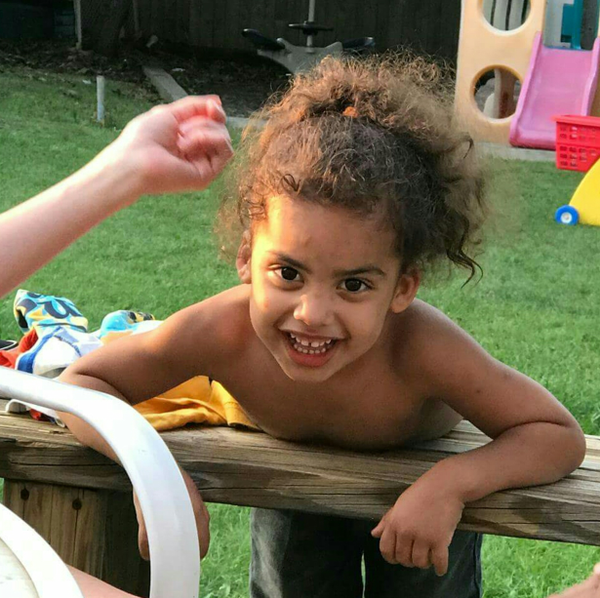
Many preschoolers are not yet able to fully control strong feelings and behave impulsively, unable to realize all the possible consequences of their actions.
It is possible and necessary to teach children to act differently in different circumstances: where necessary, to be able to protect themselves, where necessary - to avoid a fight.
How to prevent the problem
Limit the amount of time you watch action movies and TV series if you cannot eliminate them completely.
Give your child the opportunity for a natural, constructive outlet of energy - do not forbid running, cycling and rollerblading, building chair houses, etc. Make a punching bag at home.
Dealing with a problem if it already exists
If the children start fighting or wrestling at the wrong time, tell them: “Now is the time to play quietly (get ready for a walk, prepare for dinner), but after that you can fight, only take a mattress.
Agree with the child about some rules of wrestling; do not trip, kick, etc.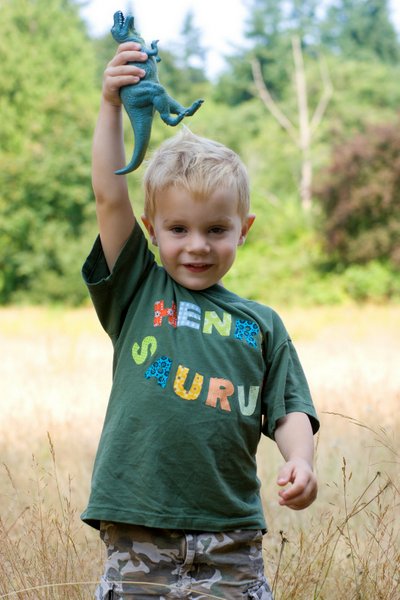
If the child takes toys and things from others, use the method of logical consequences: “If you take away the toy from Kostya, what can happen next?”
Help your child become aware of their behavior. As often as possible, when the child is calm, let him know that his behavior is improving: “You see, you can explain to others what you want without fists, and the children accept your ideas. You're probably proud of yourself now."
If the child is naughty and cries too much
Such behavior is certainly disturbing and sometimes irritates adults or leads to the child being teased by peers.
To change the situation, you need to understand the reasons for such behavior.
How to prevent the problem
Make sure that the child is healthy, that no one frightens him, does not offend him on the sly.
Some gifted children show increased fears due to the fact that they have a highly developed imagination, intelligence. The most incredible relationships arise in their head, and at the same time, the child still does not know how to treat them correctly.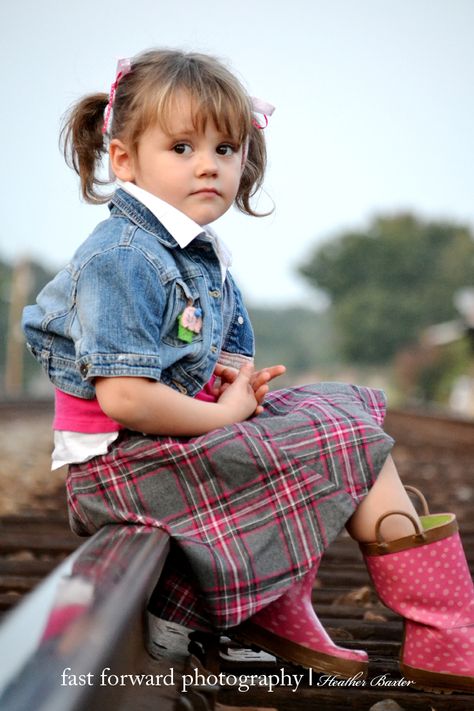
Fear of monsters may be a manifestation of the child's increased anxiety. In young children, fears can develop due to the fact that the world for them is still far from completely clear.
It is normal to experience fears, as long as they do not interfere with the child's ability to play, make friends and be independent (within reason).
Help your child express their fears and concerns in many ways. To do this, you can talk about them, draw them, write scary stories and write them down.
Read books, best of all traditional fairy tales, which tell how the heroes managed to overcome difficulties and escape from dangers.
How to deal with a problem if it already exists
Resist the temptation to say something like, "There's nothing to be afraid of."
Never force a child to do something he is afraid of.
Try to support him: “I know that you are afraid of the dark, let's leave the door ajar. I'll be in the next room and you can always call me.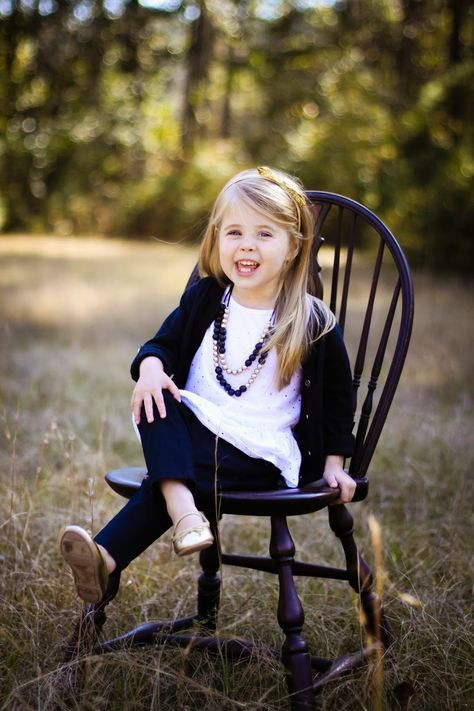 "
"
If a child often lies
All young children tell lies sometimes. In most cases, they do so because they do not consider it something unacceptable or immoral. They are convinced that there is nothing wrong with lying if it will help a friend or avoid punishment. No lectures, notations" and suggestions will not help here and will not change behavior.
Instead, adults should stop putting children in situations where they have to lie "to save face." In some cases, we must simply forgive, attributing it to the behavior typical of a small child.
Sometimes the child's fantasies can be mistaken for lies. They have nothing to do with cheating.
How to prevent the problem
Whenever possible, try to show your child the difference between the fantasy world and the real world: "Of course, playing Batman is interesting, but he is not real, he was invented by a writer, and then they made a movie."
Try not to put your child in a situation where he will have to make excuses. Don't ask, "Why did you do that?" - better ask: "What happened when you quarreled?".
Don't ask, "Why did you do that?" - better ask: "What happened when you quarreled?".
The child should develop self-esteem. This is possible only when he firmly knows that he is loved and accepted in any situation.
How to deal with a problem if it already exists
If a child lies directly to your face, do not catch him, do not scold him.
If you know for sure that the child is lying now, say: "You told a very interesting entertaining story," letting him know that you distinguish lies from truth.
Never ask a child if what he is telling you is true, because that will put him in a situation of deceit.
Persistent lying is a signal that the child is very insecure about himself: he feels the need to “invent himself” in order to be more significant to others.
If the deception is about denying that you have done something, say, “We all do things wrong sometimes. You're a good person, let's decide together what needs to be done."
Stealing
Unless a child is taught to steal by one of the adults, which is quite rare, then in the majority; Sometimes he does it because he feels deprived in something. Such a child seems to be deprived of something that other children have. If preschoolers are deprived of attention and care, they try to take possession of some material objects as a substitute. This brings satisfaction for a short time, and they repeat their actions over and over again. Adults also often do something similar when they begin to feel lonely, unhappy and unloved, only instead of stealing they buy themselves gifts.
Such a child seems to be deprived of something that other children have. If preschoolers are deprived of attention and care, they try to take possession of some material objects as a substitute. This brings satisfaction for a short time, and they repeat their actions over and over again. Adults also often do something similar when they begin to feel lonely, unhappy and unloved, only instead of stealing they buy themselves gifts.
Sometimes a child puts a toy in his pocket just out of the habit of putting everything in his pocket, without thinking that he is doing something wrong.
How to prevent the problem
Make sure that the child does not feel deprived of your attention and care.
Help your child gain self-esteem so that he does not suffer because others have something more.
Dealing with a problem if it already exists
If you suspect your child has taken someone else's item, but aren't entirely sure, ask them to turn their pockets inside out when no one is around.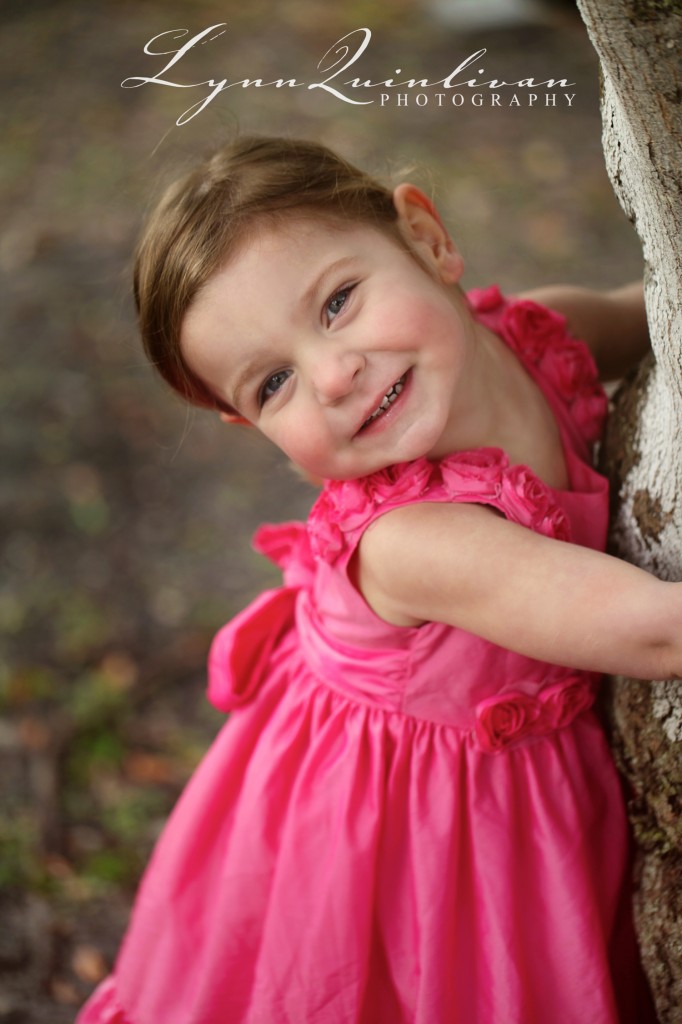 If it turns out that the child did not take anything, explain to him the reasons for your concern and be sure to apologize.
If it turns out that the child did not take anything, explain to him the reasons for your concern and be sure to apologize.
If you catch a child stealing, calmly ask him to put the object back. Don't shame him, don't humiliate him.
Give your child more opportunities to play the role of leader or helper. This will give him a sense of his own importance.
If other children become aware that a child steals, talk to them about the importance of helping them deal with the problem.
Discuss with other family members and caregivers the possible reasons for this behaviour. Together they are much easier to find.
Anger and cruelty
Seeing anger and cruelty in children is always very disturbing and unpleasant. We wonder if they will grow up to be adults who commit crimes, not paying attention to the pain and suffering of other people.
Children who are often angry and violent may do so because they feel insecure, unloved, or too often see examples of such behavior around them.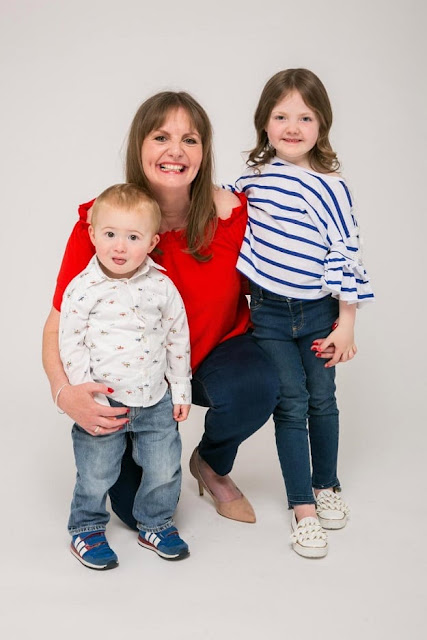
How to prevent the problem
Sympathy should be shown to the child, without considering him as a problem. You need to make it clear to the baby that he is a good, worthy person, but you do not approve of some of his actions.
Recognize the child's anger, rage as acceptable feelings, but show other ways of expressing them: “I know you were angry. This is a normal human feeling. If you don't like what's being done say it in words or choose someone else to play." “I understand that you don't like spiders. I don’t like them either and I’m even afraid, but you can’t kill them, it’s better to step aside, let them run away to their children.”
How to deal with the problem if it already exists
Intervene whenever you see abuse and make the child fully aware of the results of his behavior. “When you kicked Andrey out of the game, he was very offended, he was hurt by such injustice.”
Understand that a child who is abusive is trying to "lift" himself by hurting others.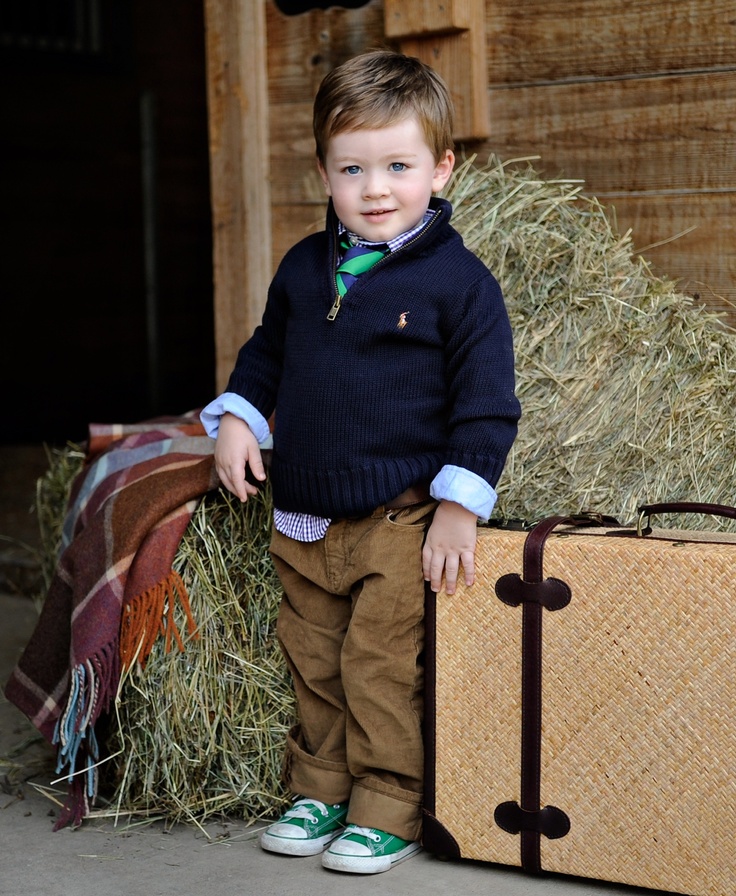 Help him see the good in himself, which does not depend on comparison with others: “Every person is very important. You love and know how to draw so much that all the children are happy to ask you to help.
Help him see the good in himself, which does not depend on comparison with others: “Every person is very important. You love and know how to draw so much that all the children are happy to ask you to help.
Do not skimp on affection when the child shows good feelings towards others: "You helped Kolya, you are a good friend."
Help other children who are being abused stand up for themselves: “I will play with whoever I want,” “No one has the right to hurt me.”
If you don't like your child's character traits
First, remember your childhood. Did your parents like everything about you? What they were doing? What did you feel? How did you feel about it? Think about whether you repeat mistakes | your parents?
Still don't like it?
How to be
Please be careful not to disturb the child until you understand the reasons for your displeasure or anxiety.
Consider what traits you don't like. Observe the child - how, in what situations they manifest themselves.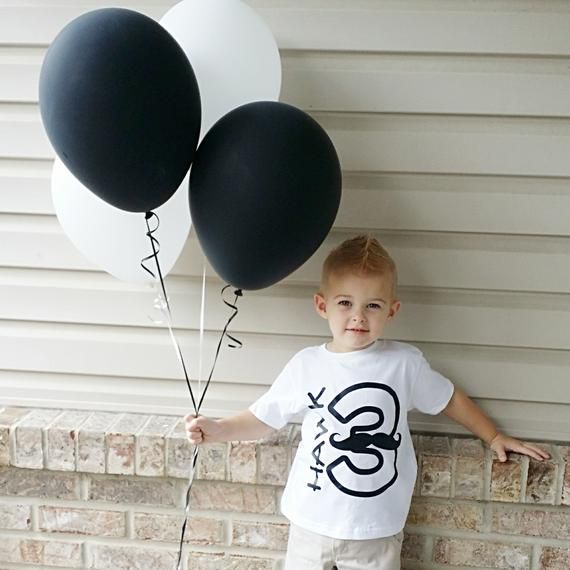 It is possible that you provoke the child to negative manifestations by some of your actions.
It is possible that you provoke the child to negative manifestations by some of your actions.
Try to look at these features that do not suit you differently. For example, a child is "stubborn, stubborn." If you are not the cause of stubbornness, then look at how these qualities are manifested in the independent activity of the baby: perhaps, having made a decision, he will definitely carry it out; having started a business, he brings it to the end, despite external interference (you demand that he immediately go to dinner). Are there any positives here?
The "reverse side of the coin" may be traits that are highly desirable or offset by other characteristics of the child. For example, a child, in the opinion of the parents, is very unassembled, inaccurate in his things. A closer look at the behavior of the baby can reveal a possible cause of these phenomena - he has a violent fantasy, he thinks up something for a while, and disorder is a consequence of a developed imagination to a greater extent than outright carelessness.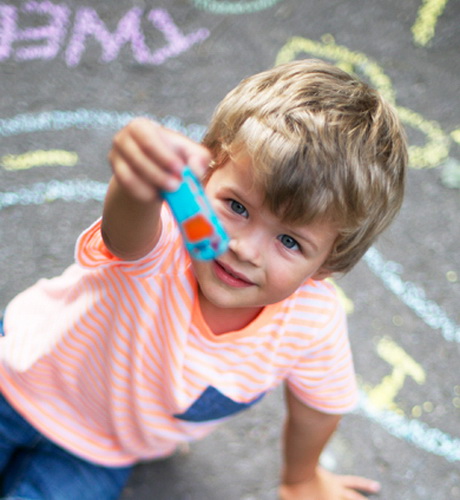
Most importantly, try to see the best features of your child's personality. Realize their significance and value. Let your child know and feel it. Contribute to the development of character strengths, this will give the preschooler confidence, the desire to change for the better.
If you don't like your own child
This also happens. Sometimes parents create in advance the desired image of the unborn child: “a boy, handsome, curly, chubby”, and a girl is born, grows thin and not even pretty at all. There is no child's problem here until adults create it for him by instilling uncertainty in his abilities, capabilities and prospects.
The problem is in the parents.
How to prevent the problem
Don't set yourself up for the baby's gender and appearance.
Just try to love the one who has not yet been born, and love the one who has been born as he is.
Do not envy the parents of "cherubim and seraphim", they may have just as many problems.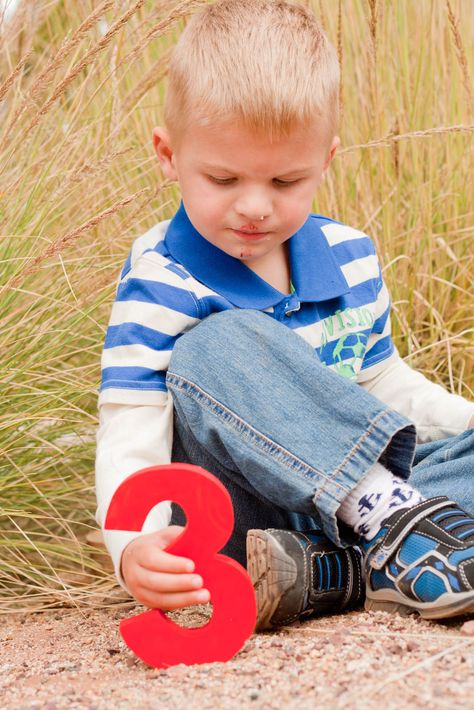
How to cope with a problem if you already have it
Remember your own childhood, look at your childhood photos, perhaps your magnificent image today is the result of careful work on yourself, to a greater extent than natural beauty and inclinations.
Think about what determines your requirements for the image of a child - fashion, the desire for superiority over others, existing stereotypes?
Think about and list all the strengths of your baby and constantly remember them, help them develop.
Decide for yourself what can be done, or get professional help if you see that some of your baby's features are too conspicuous to others.
If you want to raise a successful child
You can, of course, assume that fate rules everything - it gives everything to one, a little bit to another, and completely bypasses the third. But try to look at those people whom you consider successful. It is quite possible that you will see that they have such personality traits that help them achieve success.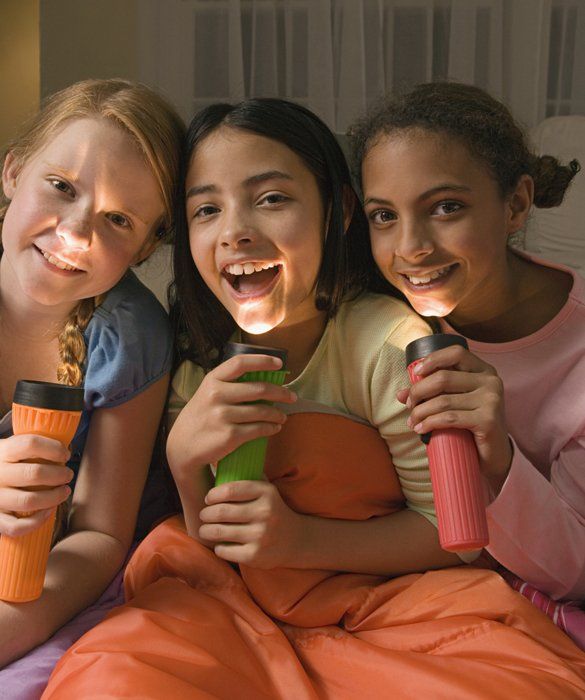 Most often, this is purposefulness and initiative, a high level of self-control and the ability not to give in to difficulties, the ability to communicate with other people and convince them. Do you think these are innate traits? Rather, they are the result of upbringing, that is, the fruits of how these people were treated in childhood.
Most often, this is purposefulness and initiative, a high level of self-control and the ability not to give in to difficulties, the ability to communicate with other people and convince them. Do you think these are innate traits? Rather, they are the result of upbringing, that is, the fruits of how these people were treated in childhood.
Things to do
Wherever and whenever possible, give your child the right to choose: where to start eating and what shirt (out of two suggested by you) to wear, what and in what sequence to do (“You can play alone, or we'll look at a book together"), etc.
The more practice a child has of making independent decisions, the greater the confidence in their abilities.
Be sure to inspire your child with optimism: “You will definitely succeed”, “You can do it”, “I believe in your abilities”.
If a child has made a decision but overestimated his abilities, don't change your mindset: “Well, that's it, I won't let you do that again” — just help him get a positive result: “Come on together.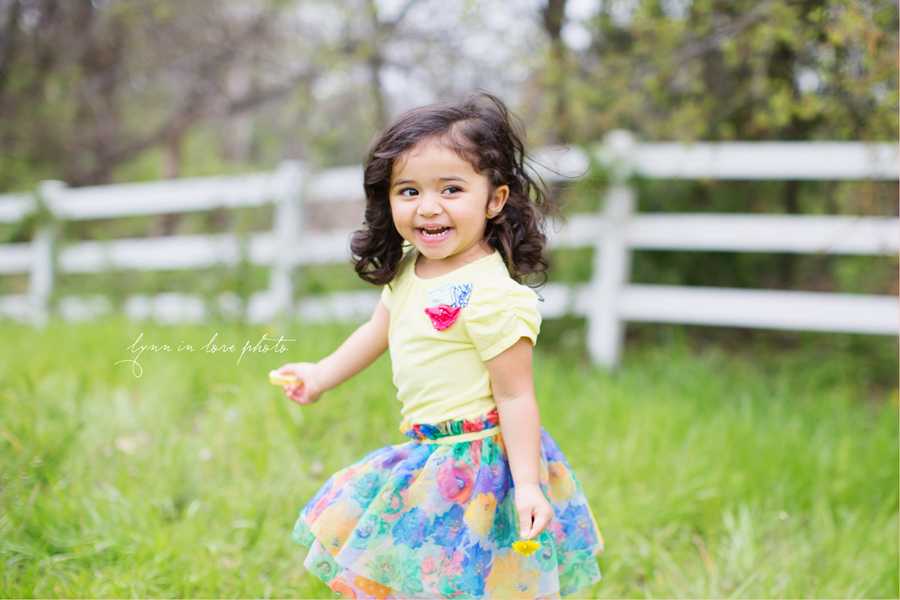 If you did it this way, you'd be fine. I believe it will work next time."
If you did it this way, you'd be fine. I believe it will work next time."
Talk to caregivers or other people your child is with while you are at work about what you trust your child to do on their own and arrange for mutual support.
Do's and Don'ts
Don't tell your child: “Not now”, “Next time for sure, but now I'm in a hurry”, “No. You will ruin everything. I know how clumsy you are” and other sad words.
Don't put conditions on him and don't create barriers: "If you don't do it, you won't get it, you won't go." A deed under duress, for a gift, is no longer a deed, but a duty. Do not compare his decisions and his results with other children.
Child development calendar: crisis 3 years
home
Parents
How to raise a child?
Child development calendar: crisis 3 years
- Tags:
- Expert advice
- 1-3 years
- 3-7 years
- crisis of three years
The difficult milestone of one year has passed, there are fewer sleepless nights, have you learned to understand a baby from a half gesture? Congratulations! From a young parent, you are gradually turning into a parent with parenting experience.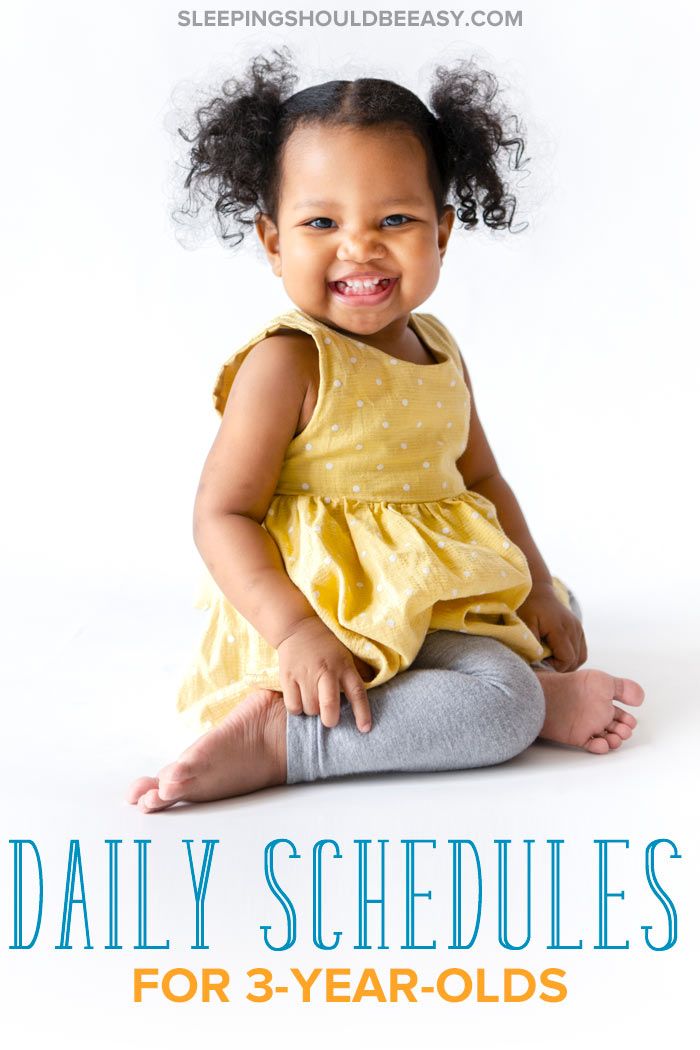
An important period in your baby's growing up is the well-known “crisis of 3 years”. It is at this age that a child's personality begins to emerge. Sometimes such changes are accompanied by screams, tantrums and even aggression. Parents in confusion begin to ask psychologists questions: what to do if the baby has become completely uncontrollable?
Lack of obedience at age three is the norm for most children. What matters is your correct reaction to the whims of the child, - says Irina Grigorieva, family psychologist and expert of the site I am a Parent.
Baby development at 3 years old
A three-year-old baby is already a small person: he is quite autonomous, plays independently in the room and with peers in the kindergarten, helps you button up the buttons on the blouse, tie the shoelaces and fasten the zipper on the jacket.
A three-year-old child already has the following skills:
- can express his thoughts clearly;
- has an extensive vocabulary;
- easily memorizes new words;
- can initiate and maintain a dialogue;
- knows what is "possible" and "impossible", "good" and "bad";
- is familiar with basic counting and can name clothing colors;
- the baby is aware of his gender;
- can make crafts, get dressed on their own, connect dots on paper with lines, which indicates fine motor skills.

Why does a 3-year-old child make a "revolt"?
During the crisis of three years, the self-esteem of the little ones is exacerbated. Some psychologists call this period "I myself".
Therefore, any manifestation of parental control, previously considered the norm for a child, now ceases to be it. The kid starts to break all the rules. This is expressed in different ways: from the desire to dress yourself to the refusal to go to kindergarten or go to bed.
Quite often a crisis is accompanied by a stubborn desire to achieve one's own at any cost, including with the use of whims and tantrums.
What if your child is going through a three-year crisis?
Crisis 3 years: psychologist's recommendations
The most important rule of the “crisis of three years” is to encourage the independence of the child. You can read more about this and other recommendations for parents of three-year-old children in the article “How to cope with a three-year-old crisis in a child”
But what if these rules do not help, and the baby is increasingly testing your nerves for strength?
How to stop a tantrum
There are only four things parents need to do to prevent tantrums:
- Establish clear rules in the family
- Report them to the child
- Establish, if necessary, a system for recording deadlines
- Strictly follow the rules
For example, if you have determined that you can watch cartoons for no more than an hour a day, you should not make exceptions in the future. The same applies to going to bed and other controversial issues. You can explain to your child how a timer or clock works and use it. So he will better understand that the time allotted for entertainment or wakefulness is ending.
The same applies to going to bed and other controversial issues. You can explain to your child how a timer or clock works and use it. So he will better understand that the time allotted for entertainment or wakefulness is ending.
If the child still "demands" by screaming and crying, you can use three simple tricks:
- Take the child to a deserted place if he screamed in front of everyone. The rule works here - the more outsiders, the brighter the “theatrical performance” can be.
- To end the tantrum, do something unusual, such as whispering or laughing. From surprise, the baby will calm down for a while, and you can calmly convey your thoughts to him.
- Label the baby's emotions with the words: "Now you are angry", "You are crying because you are offended." Empathize with your child about everything they are experiencing: “I know how upset you can be about having to go to kindergarten / get up early / go to bed early.”
How to forbid a child 3 years old
Prohibitions “no” and “no” at this age are perceived especially painfully: you restrict freedom by not giving the child a choice.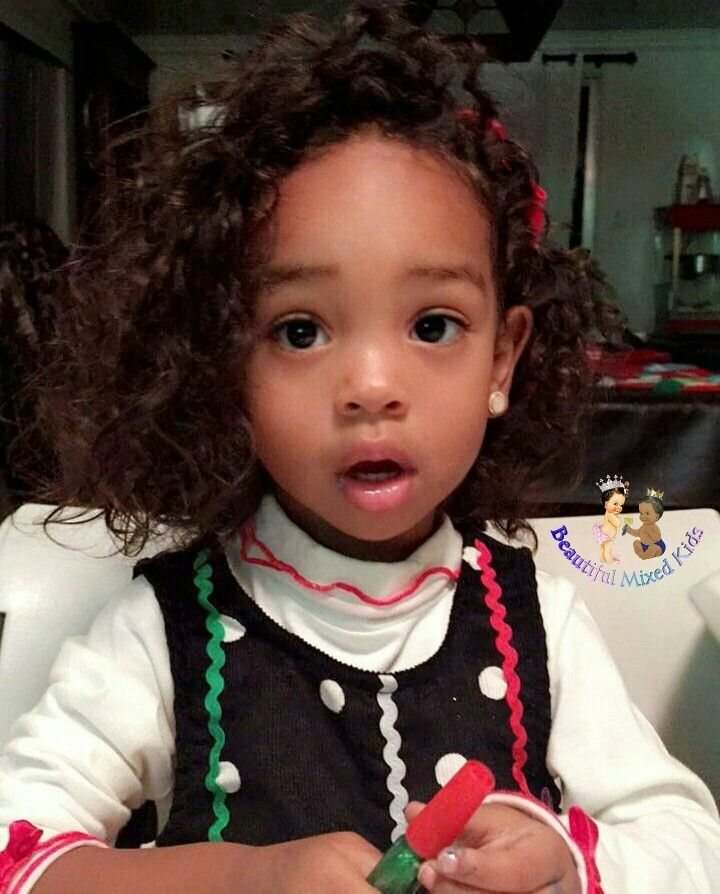 The kid concludes that mom and dad do not like him.
The kid concludes that mom and dad do not like him.
However, it often happens that prohibitions cannot be avoided. How to set boundaries correctly?
Point out that the problem is not the emotions themselves, but the child's behavior: “It's okay to get angry when I make you get up early. It would piss me off too."
Set limits on the baby's behavior: "You can be angry when Kolya takes your toy, but it's wrong to beat him for it."
Finally, use the reverse principle: tell your child about what behavior you expect to be safe for him.
How to deal with a child's jealousy?
At about three years of age, children develop an interest in the opposite sex: the child becomes aware of his gender identity for the first time. One of the manifestations of the “crisis of three years” may be jealousy towards the parent of the same sex as the child.
Jealousy is almost always a lack of attention of the parent whom the child is jealous of.

